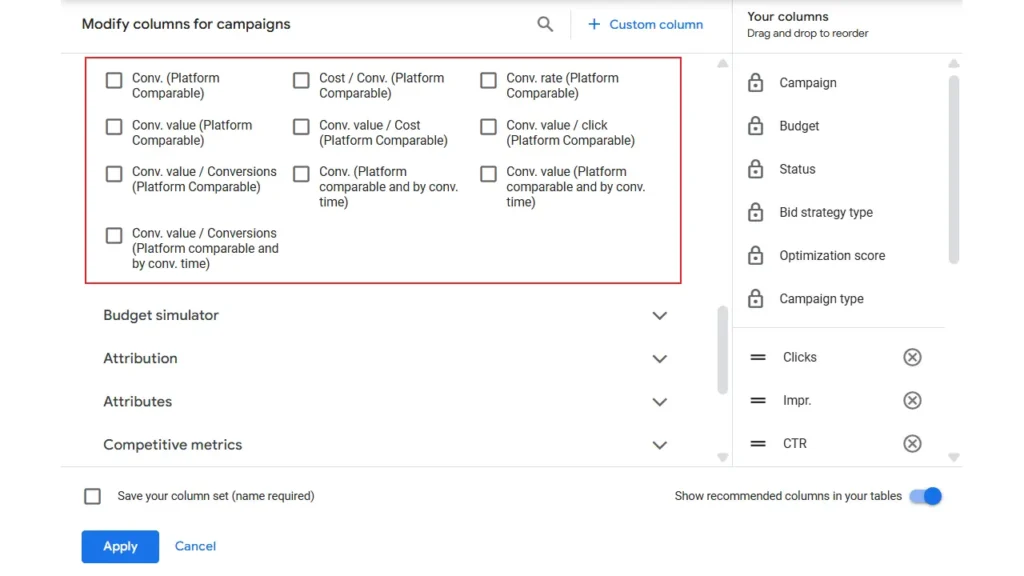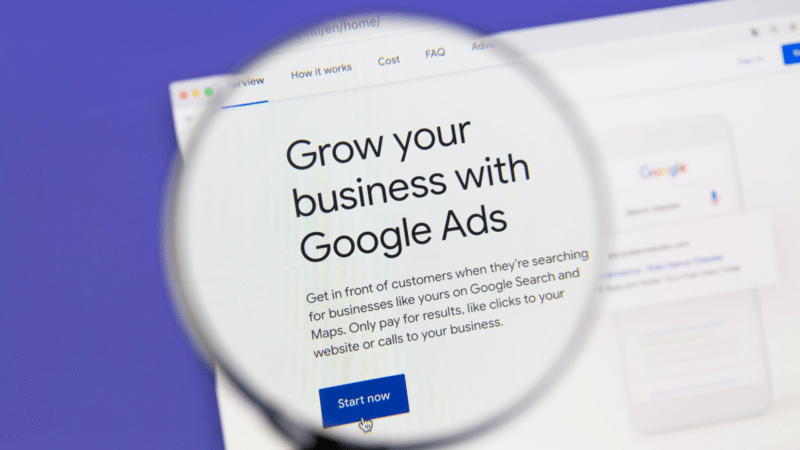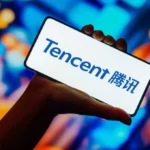Google just dropped a major update for Demand Gen campaigns — and it could be a game-changer for advertisers running cross-platform strategies.
The update introduces Platform-Comparable Conversion Columns — a new way to track view-through conversions with 100% attribution to the last Demand Gen touchpoint. This allows for apples-to-apples performance comparisons between Google’s Demand Gen and traditional paid social platforms like Meta and TikTok.
Here’s what you need to know
What’s New in Google Demand Gen
Google’s update adds the “Platform-Comparable” conversion tracking columns, designed to:
✅ Measure only Demand Gen campaign interactions
✅ Attribute conversions 100% to the last Demand Gen ad a user saw
✅ Track view-through conversions (users who saw but didn’t click)
✅ Function at both campaign and ad group levels
This means advertisers can now benchmark Google Demand Gen against platforms like Facebook Ads, giving more clarity on how these campaigns perform in social-style feeds.


Why This Update Matters
For years, advertisers struggled with comparing Google’s Demand Gen results to social media platforms. With different attribution windows, interaction types, and measurement models — the data was messy.
Now? That’s changing.
Google’s new columns bring social-style attribution to Demand Gen, helping you:
Understand the real impact of your top-of-funnel video and image ads
Track delayed conversions that occur after passive ad exposure
Justify investment in Google campaigns competing for attention-first placements
Important: Google notes these columns are not compatible with Performance Max or Search campaigns — they’re built specifically for Demand Gen.
What Advertisers Should Do Next
- Turn on the new Platform-Comparable columns in your Demand Gen reporting dashboard.
- Benchmark your performance against Meta Ads, TikTok, and other social platforms using these new metrics.
- Avoid comparing this data to search or PMax — attribution models differ and could skew insights.
- Consider pairing with custom URL shorteners or analytics platforms (e.g., BitIgniter, LinksGPT) for deeper UTM-level insights.
💬 Pro tip: Use branded tiny links to measure campaign impact across platforms without confusion.
Final Take
Google is clearly turning Demand Gen into a more credible alternative to paid social, and this update proves it.
The new columns give advertisers better transparency, higher confidence in performance metrics, and the ability to optimize top-of-funnel spend more efficiently.
With social-style ads continuing to grow in importance, Google is finally closing the attribution gap. If you’re spending on Demand Gen, this is your sign to dive deeper into your data.
Related:
Nothing is black and white in the AI world
These Cars May Be More Expensive Under Trump’s Auto Tariffs
What Analysts Think of Tesla Stock Amid Tariff Tensions, Global Pressures, and Elon’s New Warning
Trump’s Auto Tariffs: Here’s How Every Major Carmaker Could Be Affected
Tariff Updates: Trump threatens ‘far larger’ tariffs
Here Are Attack Plans That Trump’s Advisers Shared on Signal
Nvidia’s China sales face threat from Beijing’s environmental curbs
Auto Stocks Fluctuate Amid Anticipation of New Trump Tariffs










